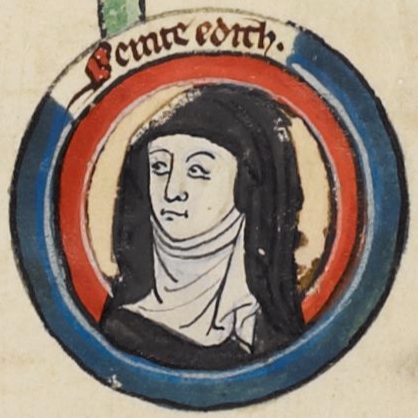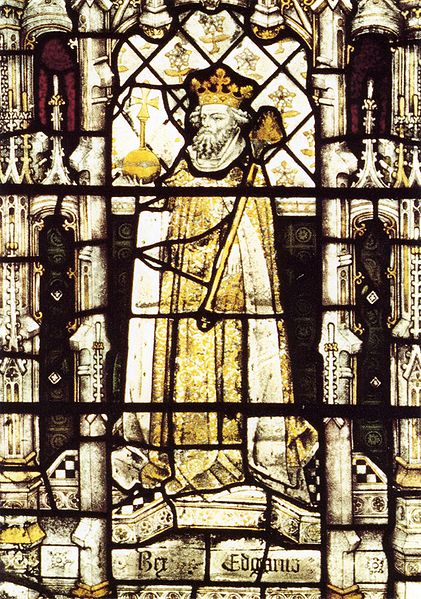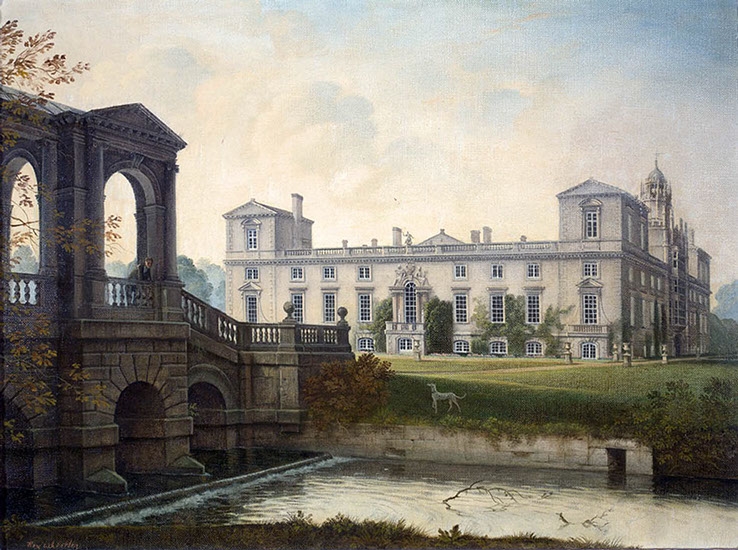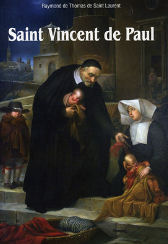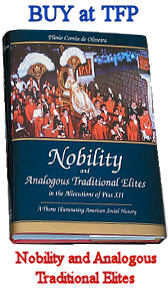A Benedictine convent in Wiltshire, England, three miles from Salisbury. A first foundation was made as a college of secular priests by Earl Wulstan of Wiltshire, about 773, but was after his death (800) changed into a convent for 12 nuns by his widow, St. Alburga, sister of King Egbert. Owing to the consent given by this king he is counted as the first founder of this monastery. St. Alburga herself joined the community, and died at Wilton. King Alfred, after his temporary success against the Danes at Wilton in 871, founded a new convent on the site of the royal palace and united to it the older foundation. The community was to number 26 nuns.
Wilton is best known as the home of St. Edith, the child of a “handfast” union between Edgar, King of the English (944-75), and Wulfrid, a lady wearing the veil though not a nun, whom he carried off from Wilton probably in 961. After Edith’s birth, Wulfrid refused to enter into a permanent marriage with Edgar and retired with her child to Wilton. Edith, who appears to have been learned, received the veil while a child, at the hands of Bishop Ethelwold of Winchester, and at the age of fifteen refused the abbacy of three houses offered by her father. She built the Church of St. Denis at Wilton, which was consecrated by St. Dunstan, and died shortly afterwards at the age of twenty-three (984). Her feast is on 16 September. St. Edith became the chief patron of Wilton, and is sometimes said to have been abbess. In 1003 Sweyn, King of Denmark, destroyed the town of Wilton, but we do not know whether the monastery shared its fate. Edith, the wife of Edward the Confessor, who had ben educated at Wilton, rebuilt in stone the monastery which had formerly been of wood.
In 1143 King Stephen made it his headquarters, but was put to flight by Matilda’s forces under Robert of Gloucester. The Abbess of Wilton held an entire barony from the king, a privilege shared by only three other English nunneries, Shaftesbury, Barking, and St. Mary, Winchester. Cecily Bodenham, the last abbess, surrendered her convent on 25 March, 1539. The site was granted to Sir William Herbert, afterwards Earl of Pembroke, who commenced the building of Wilton House, still the abode of his descendants. There are no remains of the ancient buildings.
DUGDALE, Monasticon Anglicanum, II (London, 1846), 315; HUNT in Dict. Nat. Biog., s.v. EDITH (London, 1888).
Raymund Webster (Catholic Encyclopedia)
